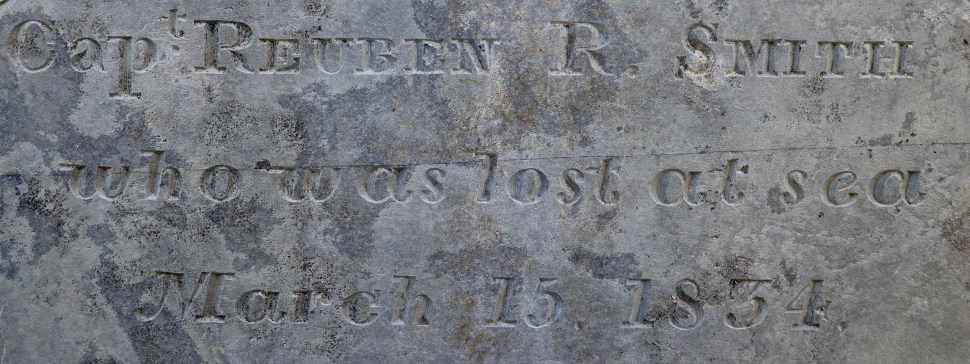The living come with grassy tread
To read the gravestones on the hill…
–from Robert Frost’s, “In a Disused Graveyard”

I inherited a love of old cemeteries from my grandfather. He was the cemetery commissioner in a small town in southeastern Massachusetts, and I would help him transcribe the inscriptions on the gravestones, and travel with him to the family cemetery plot in Acushnet to make certain the stones were in good condition. Later, after my grandfather’s death, I would join my mother, aunts, siblings, cousins, and later my own children, on our annual Memorial Day visit to the cemetery. We would take armfuls of lilacs and late spring blooms to grace the family headstone.

Even back then, I was attracted to the oldest stones in the cemeteries, with their ornate carvings of angels, weeping willows, and other iconography, along with the inscriptions that memorialized a beloved person. I recently learned that there’s a name for someone like me: taphophile. A taphophile by definition is someone who is interested in cemeteries, gravestones, and the art and history that goes along with them.

I’ve visited modest cemeteries where relatives are buried, but also famous cemeteries like Boston’s Granary Burying Ground, Mount Auburn, and the cemeteries around Quabbin where residents were relocated before Swift River Valley was flooded to create the reservoir. I’ve visited Native American burial grounds, Orthodox Jewish cemeteries, and abandoned plots in the Vermont woods and in New York farm fields. Each one of these places speaks to me. You can see photographs of some of these places on my old flickr page.

After being inspired by a group of volunteers in Yarmouth, and getting training from our local historian, I recently started volunteering to clean the oldest stones in the historic Lothrop Hill Cemetery here in Barnstable Village. Some of the earliest surviving stones date back the late 1600s and early 1700s. Cleaning old stones must be done with care and only with the permission of the owner of the cemetery — usually the town or a local church. It mostly involves lots of water and elbow grease. I find it very meditative and rewarding to sit outside in the sunshine and clean a 250 year stone that is unreadable due to lichen and years of acid rain.










So, if you’re driving along Route 6A and see me hunkered among the stones, stop by and visit, and “read the gravestones on the hill.” Even if you can’t read exactly what they each say, you can feel the history that lives on in this place, and the love that was etched into each stone.
xo —lucy
Post navigation
1 Comment
Comments are closed.
If only the gravestones could talk to you as you care for them. I bet they would have some wonderful things to share…